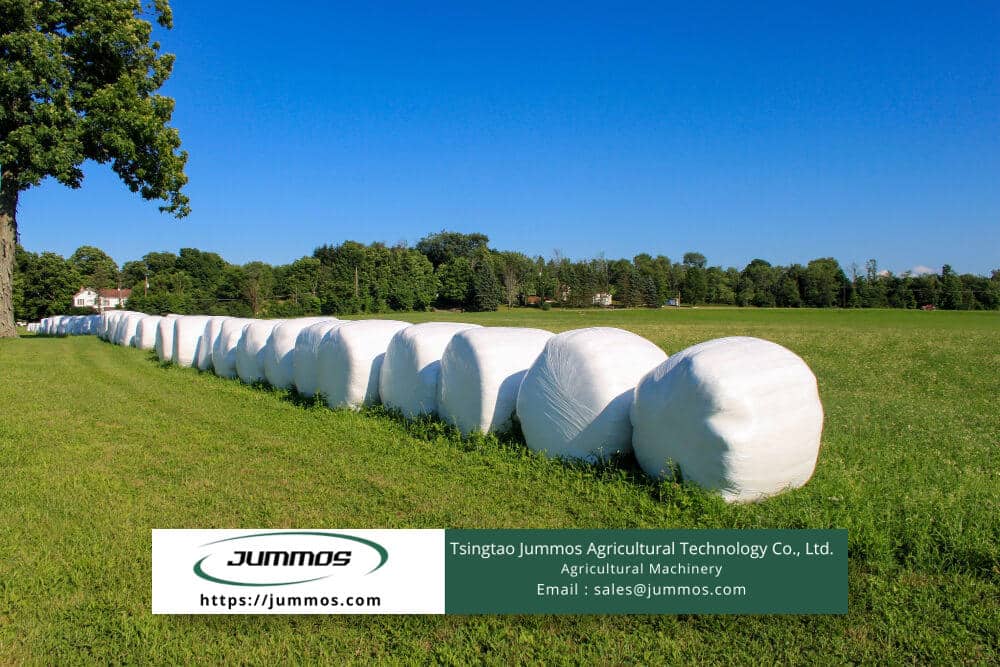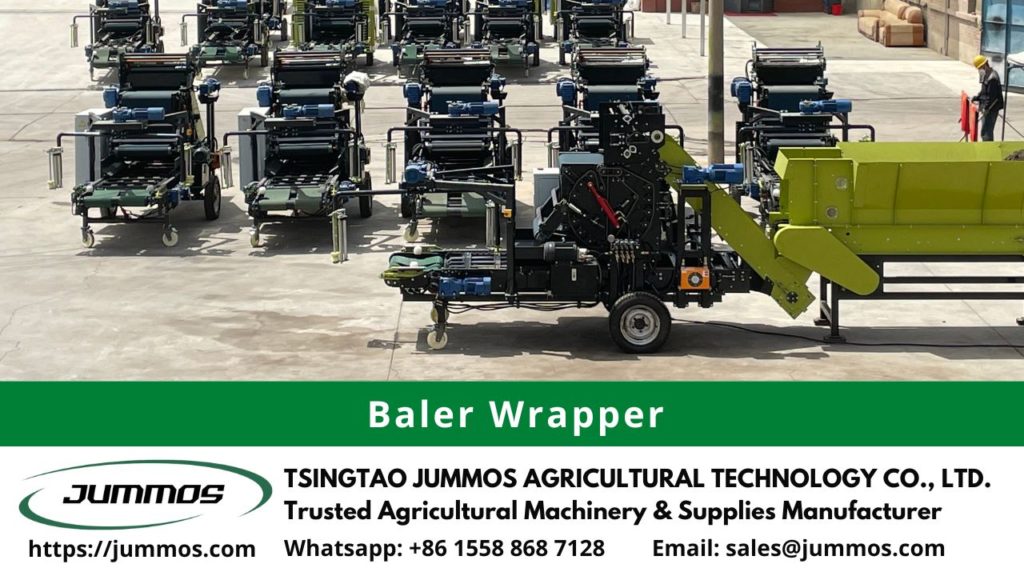
Economically, cattle farming is one of the most profitable farming businesses if managed properly. The fattening model is a very prospective productive activity because the need for meat proceeds to increase. Sometimes, the need for the products has to be assisted by import activities. It means the market opportunity is still profitable. However, the treatment for fattening or other productivities demands to be supported by well-planned preparation, including managing the forage.
Contents
Analyzing the Basic Needs of Cattle Nutrition
One of the keys to the success of cattle development is the availability and pattern of feeding that pays attention to the balance of the nutritional needs of the livestock. Feed is a very important factor in cultivation activities in the livestock sector. Therefore, the right choice of animal feed will determine the success of the livestock business. The feed needs of each type of livestock vary, depending on the livestock’s variety, age, and weight. But in general, all livestock need balanced feed and nutrition for optimal growth and development. Because the nutritional needs of livestock cannot be met by giving only one type of feed, then the variety or diversity of feed types must also be considered in the provision of animal feed. Below is the summarization of how we should manage the composition of the feed.
The Need for Protein
Young cows or other livestock in the growth phase require a higher protein intake than adult cows. Protein is a substance that cannot be formed or produced in the body. To meet protein needs, livestock must get a protein supply from food. Some sources of protein to help boost the growth and development of cattle include: forage feed, mainly utilizing plants from the Leguminosae or legume family, such as certain types of leaves, peanut leaves, long bean leaves, soybean leaves, etc. Food additives mainly function as food fortification, such as coconut meal, peanut meal, bran, fish meal, bone meal, coffee shell flour, etc
Fat Contents in Feeding
Fat has an important role in both the growth and development of cattle because fat can serve as a reserve source of energy for domesticated livestock. Any excess fat will be stored as fat reserves, especially under the skin. Unlike sheep, cows have a special place to store this excess fat, especially in the hump (located at the back of the neck).
Carbohydrate Sources
Components that include carbohydrates include crude fiber, which is food containing high sugar and starch. Corn is one of the food sources of high carbohydrates. Carbohydrate needs in cattle can also be met from forage. Livestock can get them easily. Sources of carbohydrates in animal feed can be various such as grass, corn stalks, straw, sugar cane leaves, and other fodder.
Mineral and Vitamin
Vitamins are required in small amounts but are essential for the health and growth of livestock. Grass feeds are high in carotenoids, which animals can convert into vitamin A and store in the liver. Young farm animals do need the minerals. Likewise for fetal growth, the presence of minerals is a must.’
Water Consumption for Your Livestock
Several factors affect the water needs of livestock, including the type of livestock, age, livestock, environmental heat, the type of feed given, the volume of animal feed given, and the activities carried out. For working cows, the need for water will be higher than for beef cattle. How to Create the Forage by the Simple Cultivating Method To keep the value of our profit, we need to plan the efforts for stabilizing the feed through the late winter and spring. This is also done to maintain the quality of the feed. Here are several steps for growing the forage for beginners or experienced.
- You need to select the location for cultivating.
- Deciding the seed based on the soil condition and the goal.
- Growing seed method.
- Maintain from weed and pests.
Husbandry Machinery
In cultivating the forage, you need to be disciplined in every step. It begins with planning, the treatment, and the harvesting, whether to store it or graze it directly. Some supports are needed; the way you choose the machinery and the material is vital. The application of technology supporting the agricultural and farming industries is getting raised now a day. One of the effects is we will be easy finding more brands giving valuable benefits. However, a farmer is supposed to be wise and smart for choosing so. Interested in agricultural machinery products for your various needs? Get the most helpful offer from Jummos. Click the contact button to reach us easily.

